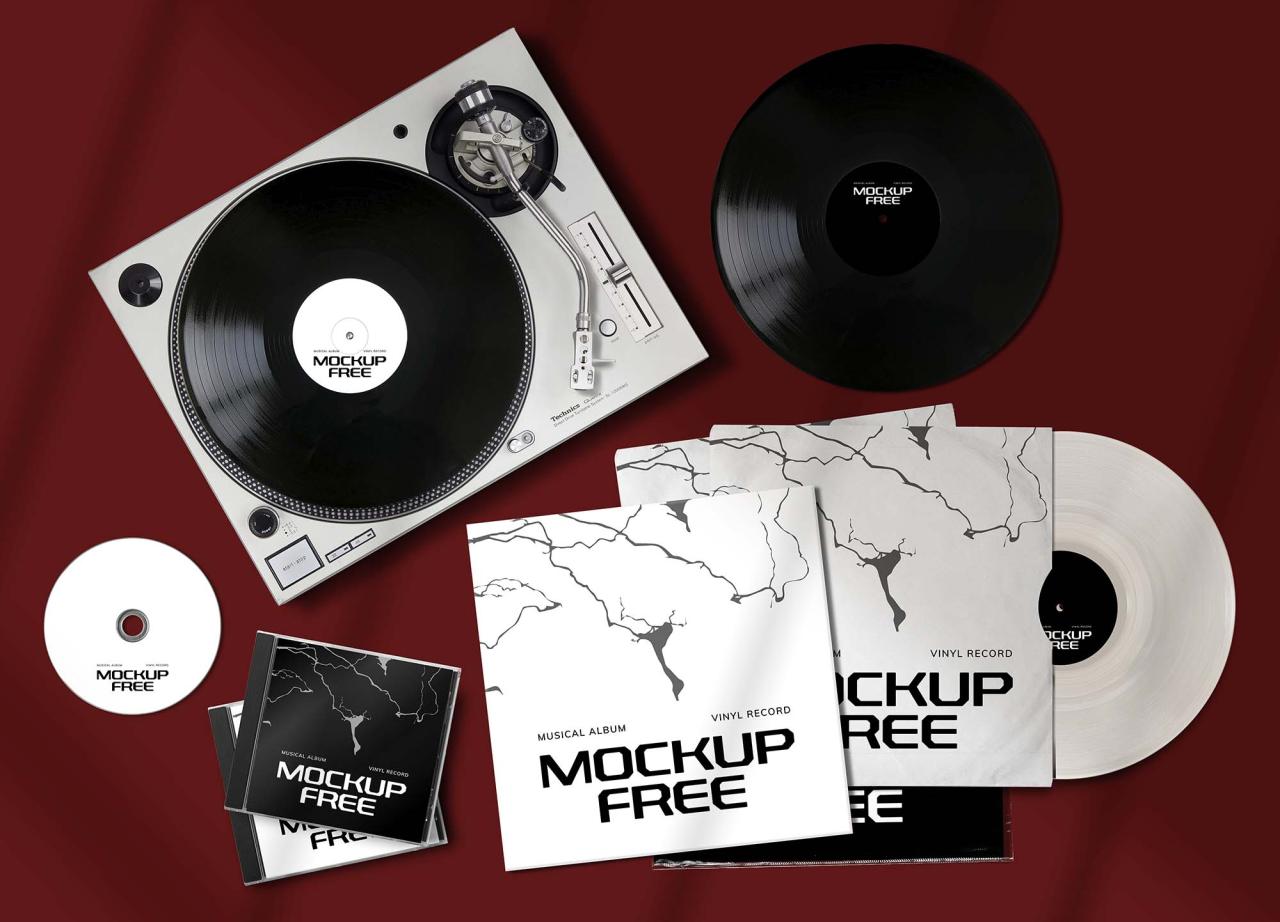Music Cover Mockup: A Comprehensive Guide to Crafting Stunning Album Art
Introduction
Music cover art is an essential element in the branding and marketing of any album. It serves as a visual representation of the music within, capturing the essence of the artist’s vision and enticing potential listeners. Creating a compelling music cover requires careful consideration of design elements, image selection, and overall aesthetic. This comprehensive guide will delve into the world of music cover mockups, providing essential tips and techniques for producing stunning album artwork that will elevate your music to new heights.
What is a Music Cover Mockup?
A music cover mockup is a digital template or placeholder that allows you to visualize how your album art will look when printed on a physical CD, vinyl, or other media format. It’s a valuable tool for artists and designers to experiment with different designs, fonts, and images before committing to a final product. Music cover mockups come in various shapes and sizes, catering to different album formats and artistic styles.
Creating a Compelling Music Cover
1. Understand Your Audience:
The first step in creating a music cover is to understand your target audience. Consider their musical preferences, demographics, and aesthetic sensibilities. This will help you tailor your design to resonate with your listeners.
2. Choose a Design Concept:
The design concept is the overarching idea or theme that will guide the visual elements of your cover. It can be inspired by the music itself, the artist’s personality, or a specific visual motif. Sketch out a few ideas and experiment with different layouts until you find one that aligns with your vision.
3. Select High-Quality Images:
Images play a crucial role in conveying the mood and message of your music cover. Use high-resolution, eye-catching images that are relevant to your design concept. Consider using original photography, stock images, or even abstract elements.
4. Experiment with Typography:
Typography is another key element in music cover design. Choose fonts that complement the overall aesthetic and are easy to read. Experiment with different font sizes, styles, and colors to create visual hierarchy and emphasis.
5. Consider Color Theory:
Colors evoke emotions and set the tone for your music cover. Use a color palette that aligns with the mood and atmosphere of your music. Consider the psychological associations of different colors and how they can influence the perception of your album.
Using Music Cover Mockups
1. Choose the Right Mockup:
Select a music cover mockup that accurately represents the format and style of your album. Consider the dimensions, shape, and any special features such as fold-out covers or gatefolds.
2. Import Your Design:
Most music cover mockups allow you to import your artwork easily. Drag and drop your design file into the designated area or use the built-in import tools.
3. Customize Your Mockup:
Once your design is imported, you can customize the mockup to showcase your cover in various settings. Adjust the lighting, background, and any other elements to create a realistic representation of your album art.
4. Export High-Resolution Files:
When you’re satisfied with your mockup, export it as a high-resolution image file. This file can be used for print, digital distribution, or online promotion.
Tips for Creating Stunning Music Covers
- Use a High-Contrast Design: Create visual impact by using contrasting colors, textures, and fonts.
- Keep it Simple and Clean: Avoid overcrowding your cover with too many elements. Focus on a clear and concise design that conveys your message effectively.
- Consider the Physical Format: Think about how your cover will look when printed on the actual album media. Ensure that all elements are scaled and positioned correctly.
- Get Feedback from Others: Seek feedback from trusted sources such as friends, family, or industry professionals. Constructive criticism can help you refine your design and improve its overall appeal.
FAQ
1. What size should my music cover be?
The standard dimensions for a CD cover are 4.724 inches wide by 4.724 inches high. For vinyl records, the most common size is 12 inches wide by 12 inches high. However, different formats and special editions may have different dimensions.
2. What file format should I use for my music cover?
For print, use high-resolution images in CMYK color mode. For digital distribution, use RGB color mode and formats such as JPEG, PNG, or TIFF.
3. Can I create my own music cover mockups?
Yes, you can create your own music cover mockups using design software such as Adobe Photoshop or Illustrator. However, if you’re not proficient in graphic design, it’s recommended to use pre-made mockups.
4. Where can I find music cover mockups?
There are many websites and marketplaces where you can find free and premium music cover mockups. Some popular resources include Placeit, MockupWorld, and Creative Market.
Conclusion
Music cover mockups are an indispensable tool for artists and designers to visualize and showcase their album art. By following the tips and techniques outlined in this guide, you can create stunning music covers that effectively convey the essence of your music and leave a lasting impression on your audience. Whether you’re a seasoned designer or just starting out, music cover mockups will empower you to bring your musical vision to life and elevate your music to new heights.
